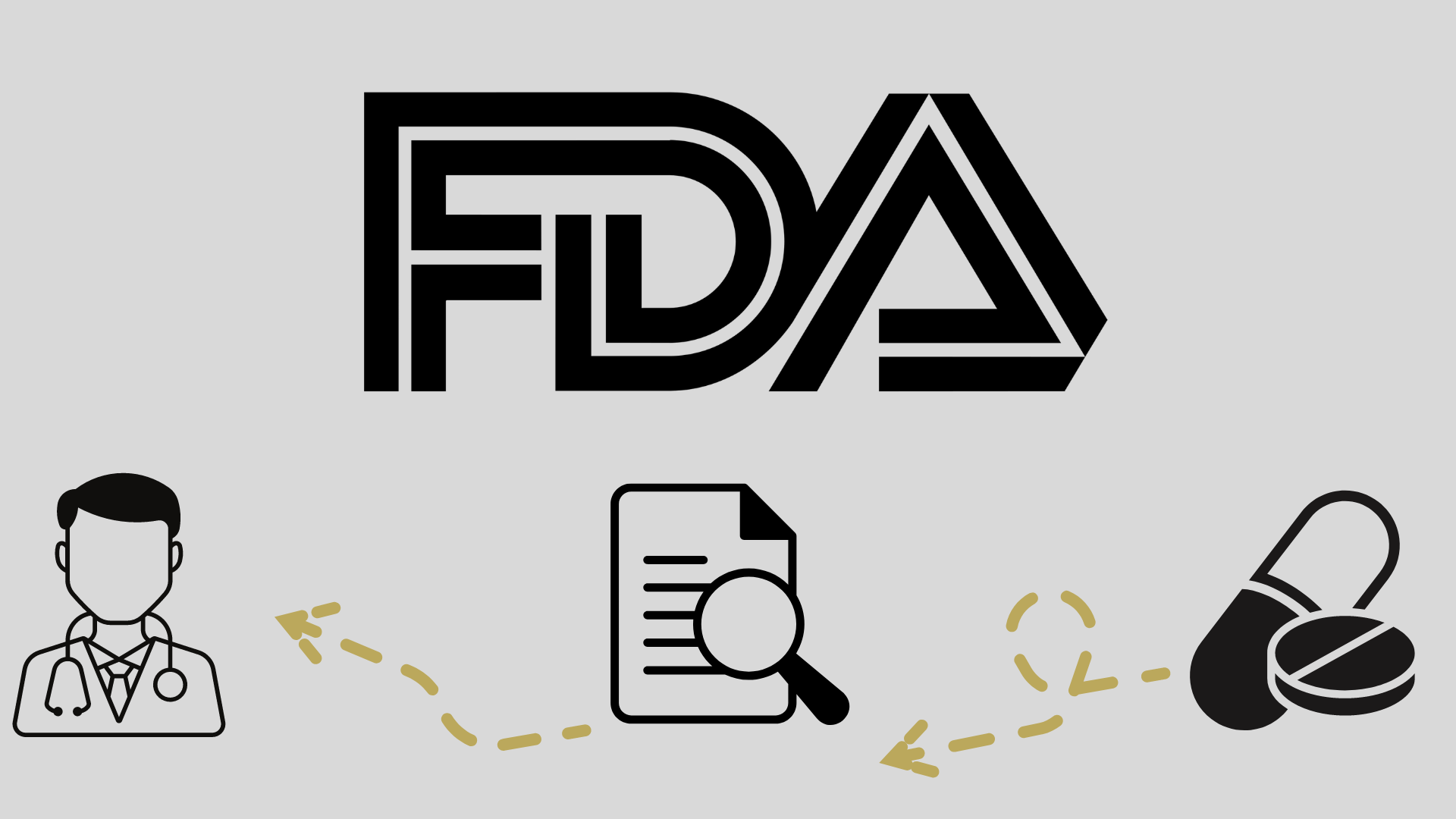
FDA Clears IND for Phase 1B Study of TCB008 in AML

An investigational new drug application for TCB008 has been cleared by the FDA. A phase 1B trial will now assess the agent in patients with relapsed/refractory acute myeloid leukemia.
- TCB008 (OmnImmune) is an allogeneic unmodified cell therapy that is made up of activated and expanded gamma delta T (GDT) cells.
- The therapeutic is currently undergoing evaluation in an open-label, phase 2 trial (NCT05358808) for patients with acute myeloid leukemia (AML).
- With this investigational new drug (IND) application, the ACHIEVE2 study, an open-label, multicenter, phase 1B trial, will further evaluate TCB008 in this patient population.
The FDA has cleared the IND application for the phase 1B ACHIEVE2 study of TCB008, an allogeneic unmodified cell therapy consisting of activated and expanded gamma delta T cells, in relapsed/refractory AML.1
"The acceptance of the TCB-008 IND is a significant milestone for TC BioPharm and reflects execution of our strategic plan which we announced to shareholders in April. TC BioPharm will continue to work towards its primary goal of establishing a better method of treatment for the millions of people around the world suffering blood and bone marrow cancer as we establish TCB008 the standard of care for these patients, with higher quality of life and extended remission of these devastating diseases," said Bryan Kobel, chief executive officer of TC BioPharm PLC, in a press release.
TCB008 is made of GDT cells from healthy donors that are expanded and activated in large numbers prior to being purified and formulated for infusion into patients. The therapeutic is a frozen and thawed product and comes from donor-derived cells.
ACHIEVE2 plans to be an open-label, multicenter, phase 1B study evaluating 9 patients with AML. The study will include a dose-escalation portion to measure safety and a dose-expansion portion to evaluate TCB008. In addition to safety, persistence, expansion, and the preliminary efficacy of single and multiple doses of TCB008 given to patients with AML or myelodysplastic syndrome (MDS)/AML via intravenous infusion will be evaluated.
In the study, TCB008 may be reinfused up to 3 times following initial infusion to patients, as deemed appropriate by the investigator or designee should protocol specified criteria be met.
In addition to this study, the UK ACHIEVE trial in AML will continue. The phase 2, open-label, adaptive, efficacy trial is evaluating TCB008 in adult patients with relapsed/refractory AML using an adaptive trial approach with a two-stage Simon design.2 Up to 74 adult patients aged ≥ 18 to ≤ 75 years with a Karnofsky performance status ≥ 70% and WHO/ECOG performance status 0-1 at enrolment and up to 2 at the time of infusion will be enrolled per dose level of TCB008 cells.
Patients are required to remain free of systemic corticosteroid and other immunosuppressive therapy at screening and for at least 5 days prior to the infusion of GDT cells and have a pathologically confirmed diagnosis of AML or MDS/AML confirmed according to WHO 2016 criteria. In the first cohort, cohort A1, patients must have AML or MDS/AML that is primary refractory defined as not achieving a morphological complete response (CR) after 2 cycles of intensive or non-intensive induction chemotherapy. Cohort A2 includes patients with AML or MDS/AML who previously have achieved a morphological CR to previous intensive or non-intensive therapy, then have experienced relapsed AML. Further, patients in cohort B must have AML and have achieved morphological CR but have persistent minimal residual disease.
Amendments to the protocol from this trial are expected to be announced before year-end. This will align the dosing and other criteria from this study with that of the ACHIEVE2 trial.1
"TCB-008 has shown promising results previously as a therapeutic in late-stage AML patients and we believe the safety profile and mechanism of action combine to make the asset a therapeutic for a number of blood related cancers, as well as an ideal combination treatment in oncology indications. As we look to 2024, we see copious milestones and inflection points, both in our [United States] trial as well as our ongoing ACHIEVE trial and our platform expansion,” added Kobel, in a press release.1
REFERENCES:
TC BioPharm announces FDA clearance of phase 1B IND for TCB-008 in acute myeloid leukemia. News release. TC BioPharm PLC. November 27, 2023. Accessed November 27, 2023.
https://tinyurl.com/yc4fhnfn ACHIEVE - efficacy and effectiveness of adoptive cellular tHerapy wIth ex-vivo expanded allogeneic γδ T-lymphocytes (TCB-008) for patients with refractory or relapsed acute myeloid leukaemia (AML) (ACHIEVE). ClinicalTrials.gov. Updated January 12, 2023. Accessed November 27, 2023. https://tinyurl.com/8ud2ew8x








































